 W
WJean Pierre Alexandre Antigna was a French painter.
 W
WAdolphe Appian was a French landscape painter and etcher.
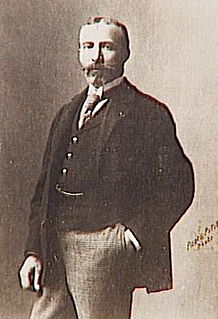 W
WJulien Le Blant was a French painter of military subjects who specialized in the scenes of the Vendee Wars of 1793–1799 that occurred during the French Revolution. Because he came from a family from the Bas-Poitou, part of the old province of Poitou, Le Blant was descended from the French "Blancs" who had opposed the French Revolution and was thus in sympathy with those who rose up and formed the Grand Catholic Army of the Vendee. He spent his artistic career commemorating the events of the rebellion in large works that were exhibited in the annual Paris Salon. Le Blant was a much honored painter and he won a Bronze Medal at the Salon in 1878, a Silver Medal in 1880 and a Gold Medal at the 1889 Exposition Universelle, the Paris World's Fair that commemorated the centennial of the beginning of the French Revolution. Le Blant was also a prolific illustrator, contributing more than five hundred illustrations to dozens of books. Le Blant's last major accomplishment was a large series of drawings, watercolors and paintings of French soldiers on their way home from and departing to the front during the First World War. His work is in a number of public collections, but primarily in France because the subjects he specialized in did not command great popularity abroad.
 W
WRosa Bonheur, born Marie-Rosalie Bonheur, was a French artist, mostly a painter of animals (animalière) but also a sculptor, in a realist style. Her best-known paintings are Ploughing in the Nivernais, first exhibited at the Paris Salon of 1848, and now at the Musée d'Orsay in Paris, and The Horse Fair, which was exhibited at the Salon of 1853 and is now in the Metropolitan Museum of Art, in New York City. Bonheur was widely considered to be the most famous female painter of the nineteenth century.
 W
WFrançois Bonvin was a French realist painter.
 W
WWilliam-Adolphe Bouguereau was a French academic painter. In his realistic genre paintings he used mythological themes, making modern interpretations of classical subjects, with an emphasis on the female human body. During his life he enjoyed significant popularity in France and the United States, was given numerous official honors, and received top prices for his work. As the quintessential salon painter of his generation, he was reviled by the Impressionist avant-garde. By the early twentieth century, Bouguereau and his art fell out of favor with the public, due in part to changing tastes. In the 1980s, a revival of interest in figure painting led to a rediscovery of Bouguereau and his work. Throughout the course of his life, Bouguereau executed 822 known finished paintings, although the whereabouts of many are still unknown.
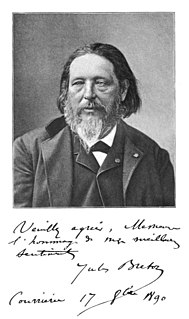 W
WJules Adolphe Aimé Louis Breton was a 19th-century French Naturalist painter. His paintings are heavily influenced by the French countryside and his absorption of traditional methods of painting helped make Jules Breton one of the primary transmitters of the beauty and idyllic vision of rural existence.
 W
WLouis-Nicolas Cabat was a French landscape painter.
 W
WCharles Joshua Chaplin was a French painter and printmaker who painted both landscapes and portraits. He worked in techniques such as pastels, lithography, watercolor, chalk, oil painting and etching. He was best known for his elegant portraits of young women.
 W
WAlbert Charpin, born in Grasse, Alpes-Maritimes in 1842, died in Asnières-sur-Seine in 1924. He was a naturalist painter associated with the Barbizon school. He painted real objects in a natural setting. A pupil of Charles-François Daubigny, Charpin was a painter of natural landscapes with, typically, a shepherdess and her guardian-dog taking care of animals, cows or sheep. Characteristic of his paintings are the natural poses and serenity of his actors, in a context of early morning light, with cloudy skies. He was a well-known member of the Barbizon School. One of his paintings, "Le Retour à la Ferme", is at the Musée des Beaux-Arts at Chambéry in Savoie. His paintings can also found in museums and private collections elsewhere in Europe and in the Americas.
 W
WJean-Baptiste-Camille Corot was a French landscape and portrait painter as well as a printmaker in etching. He is a pivotal figure in landscape painting and his vast output simultaneously references the Neo-Classical tradition and anticipates the plein-air innovations of Impressionism.
 W
WJean Désiré Gustave Courbet was a French painter who led the Realism movement in 19th-century French painting. Committed to painting only what he could see, he rejected academic convention and the Romanticism of the previous generation of visual artists. His independence set an example that was important to later artists, such as the Impressionists and the Cubists. Courbet occupies an important place in 19th-century French painting as an innovator and as an artist willing to make bold social statements through his work.
 W
WCharles-François Daubigny was one of the painters of the Barbizon school, and is considered an important precursor of impressionism.
 W
WÉmilie Desjeux was a French painter.
 W
WJoseph, Baron Ducreux was a French noble, portrait painter, pastelist, miniaturist, and engraver, who was a successful portraitist at the court of Louis XVI of France, and resumed his career at the conclusion of the French Revolution. He was made a baron and premier peintre de la reine, and drew the last portrait ever made of Louis XVI before the king's execution. His less formal portraits reflect his fascination with physiognomy and show an interest in expanding the range of facial expressions beyond those of conventional portraiture.
 W
WJulien Dupré was a French painter.
 W
WFrançois-Louis Français (1814–1897), also known as Louis Français, was a French painter, lithographer and illustrator who became one of the most commercially successful landscape painters of the 19th century. A former pupil of Gigoux, he began his career by studying lithography and wood engraving, becoming a prolific illustrator and print-maker. His work as an illustrator is to be found in around forty books and numerous magazines from the late 1830s to the 1860s. Français also produced a large number of pen and ink drawings, enhanced by sepia, notable for their attention to detail and for their technical adroitness and conciseness.
 W
WÉmile Friant was a French artist.
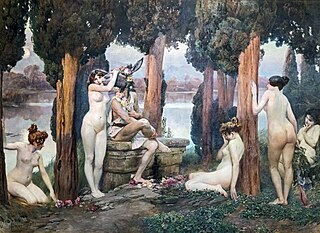 W
WPaul-Jean-Louis Gervais was a French painter who was fashionable around the end of the 19th century. He is known for his sensuous paintings of nude women.
 W
WJean-Baptiste-Antoine Guillemet was a French renowned landscape painter and longtime Jury member of the Salon des Artistes Francais. He was one of the first 19th-century artists to paint modern life, and a pivotal figure in the transition from Realism to Impressionism.
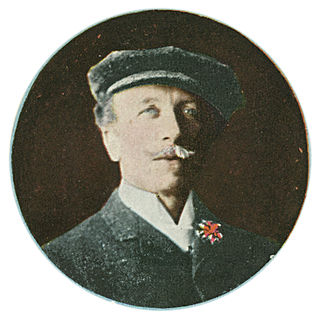 W
WPaul de Longpré (1855–1911), was a French painter of flowers, who worked mainly in the United States.
 W
WÉdouard Manet was a French modernist painter. He was one of the first 19th-century artists to paint modern life, and a pivotal figure in the transition from Realism to Impressionism.
 W
WJean-François Millet was a French artist and one of the founders of the Barbizon school in rural France. Millet is noted for his paintings of peasant farmers and can be categorized as part of the Realism art movement. Toward the end of his career he became increasingly interested in painting pure landscapes. He is known best for his oil paintings but is also noted for his pastels, conte crayon drawings, and etchings.
 W
WPaul Dominique Philippoteaux was a French artist. He is best known for a cyclorama illustrating the Battle of Gettysburg.
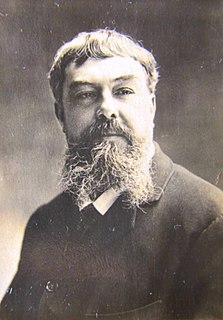 W
WThéophile Poilpot, also known as Théophile-François-Henri Poilpot, was a French panorama painter.
 W
WPaul Alexandre Protais was a French artist of historical scenes, especially military and battle paintings.
 W
WJean-François Raffaëlli was a French realist painter, sculptor, and printmaker who exhibited with the Impressionists. He was also active as an actor and writer.
 W
WThéodule-Augustin Ribot was a French realist painter and printmaker.
 W
WÉtienne Pierre Théodore Rousseau was a French painter of the Barbizon school.
 W
WLouis-Frédéric Schützenberger was a German-French painter.
 W
WFrancis Tattegrain was a French Naturalist painter.
 W
WHenri Nicolas Vinet was a French painter, designer and teacher who moved to Brazil in 1856, where he remained for the rest of his existence. Not really much is known about him until the early 1840s.
 W
WAntoine Vollon was a French realist artist, best known as a painter of still lifes, landscapes, and figures. During his lifetime, Vollon was a successful celebrity, enjoyed an excellent reputation, and was called a "painter's painter". In 2004, New York's then-PaceWildenstein gallery suggested that his "place in the history of French painting has still not been properly assessed".
 W
WFélix Ziem was a French painter in the style of the Barbizon School, who also produced some Orientalist works.